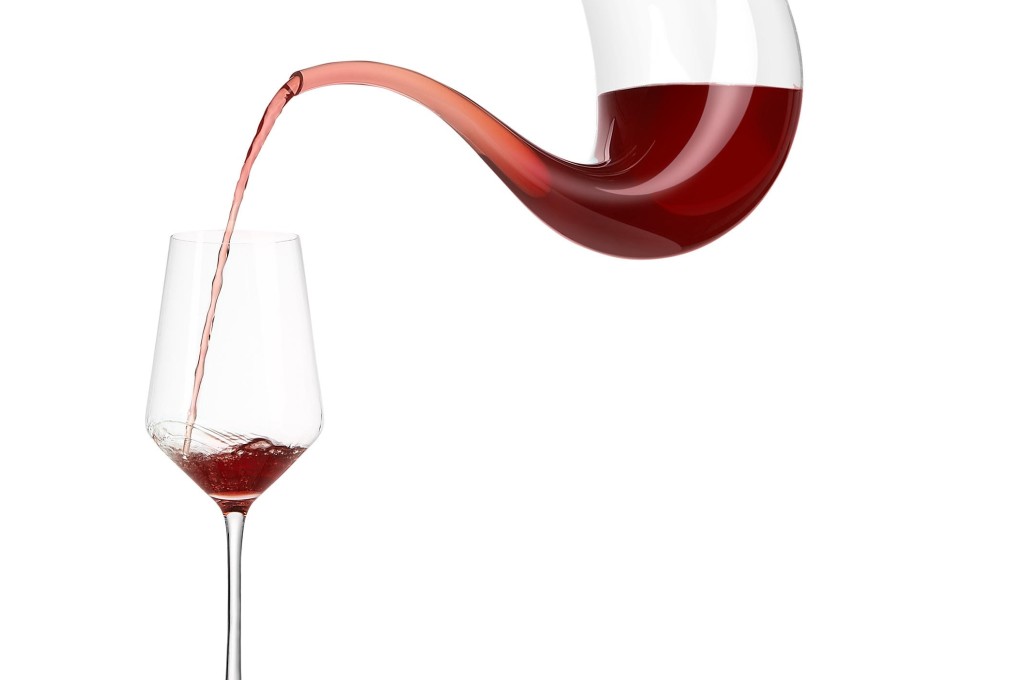The Corkscrew | To decant or not to decant, that is the question when it comes to wine
- The process helps to aerate younger wines and remove sediment from older bottles

Decanting wine is a simple process – a bottle is opened and its contents are poured into a glass container to allow the wine to “breathe”. What makes it complicated is deciding which wines need it, and for how long. (Your average supermarket plonk does not need to be decanted).
Decanting is recommended for young wine – anything under five years old. Decanting a young red for at least 20 minutes will help dissipate the alcohol and balance the fruit and tannins. For a young white, such as a high-end burgundy, 10 minutes in a decanter will help to balance out the fruit and acidity.
If a bottle contains a lot of sediment, decanting can help to separate it from the wine. If a wine has been stored properly (on its side), you can see sediment along the sides and bottom of the bottle. The bottle should be stood upright for at least a day before it is opened and then the cork carefully removed with minimal movement so as not to disturb the sediment. Slowly and carefully pour the wine into a decanter under a good light and stop as soon as the sediment reaches the opening of the bottle. A trick is to use a tea filter over a funnel to catch the larger particles of sediment before they go into the decanter.
Sediment is usually found in wine aged 15 years or older, especially if it is unfiltered or unfined. Optimal decanting times vary, but here are some guidelines.
Bordeaux:between 15 and 30 minutes. Check every 10 minutes to decide when to pouras it is more interesting to smell and taste the evolution of the wine in the glass than just catch it at that elusive “perfect” moment.
Burgundy:between 10 and 20 minutes. As burgundy is the expression of just one grape – pinot noir – it will show many facets over the course of an hour, beginning as soon as the bottle is opened. In fact, many enjoy burgundy straight out of the bottle.

